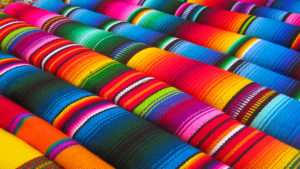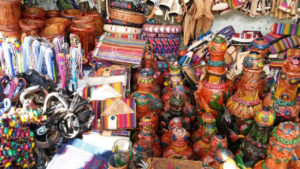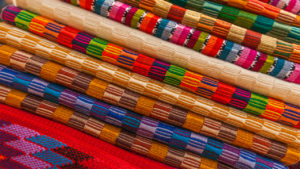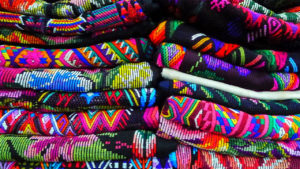Shape and Size
A huipil is usually made from two off three pieces of cloth and in some cases from only one. The pieces of cloth are joined together with a seam, in many places referred to as a “randa”(decorative seam). Side seams are either sen to the height of the arm of left open.
The length of a huipil for everyday use also varies according to local customs, and principally as a response to climate conditions. The shortest one epose the waist. The longest are used with the unadorned tail tucked inside the skirt. In an effort to provide another layer of protection from the cold in some places, such as San Mateo Ixcatatán, a long huipil does not get tucked in.
Lengths of the huipil can vary from a short blouse-like garment or long enough to reach the floor. The style of traditional huipils generally indicates the ethnicity and community of the wearer as each have their own methods of creating the fabric and decorations. Some huipils have intricate and meaningful designs. Ceremonial huipils are the most elaborate and are reserved for weddings, burials, women of high rank and even to dress the statues of saints
The huipil is the traditional garment worn by indigenous Guatemalan women of Mayan descent since pre-Hispanic times. The huipil represents several things: the geographical origin of the person, ethnic identity, weaving technics and hours dedicated into weaving each piece.
Weaving huipils and their skirt counterpart, the corte, is a craft, which is taught from one generation to the next. Women weave the huipils while men weave the cortes. It generally takes up to 3 months to weave one huipil, using either a foot loom or waist loom.
There is a great connection with nature, geography and the cosmos in the Mayan culture. The huipils will represent certain birds, flowers that grow in that area, or geometric shapes and decorative patterns.
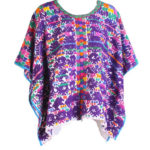 Previous Post
Previous Post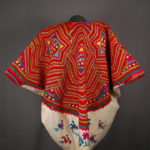 Next Post
Next Post